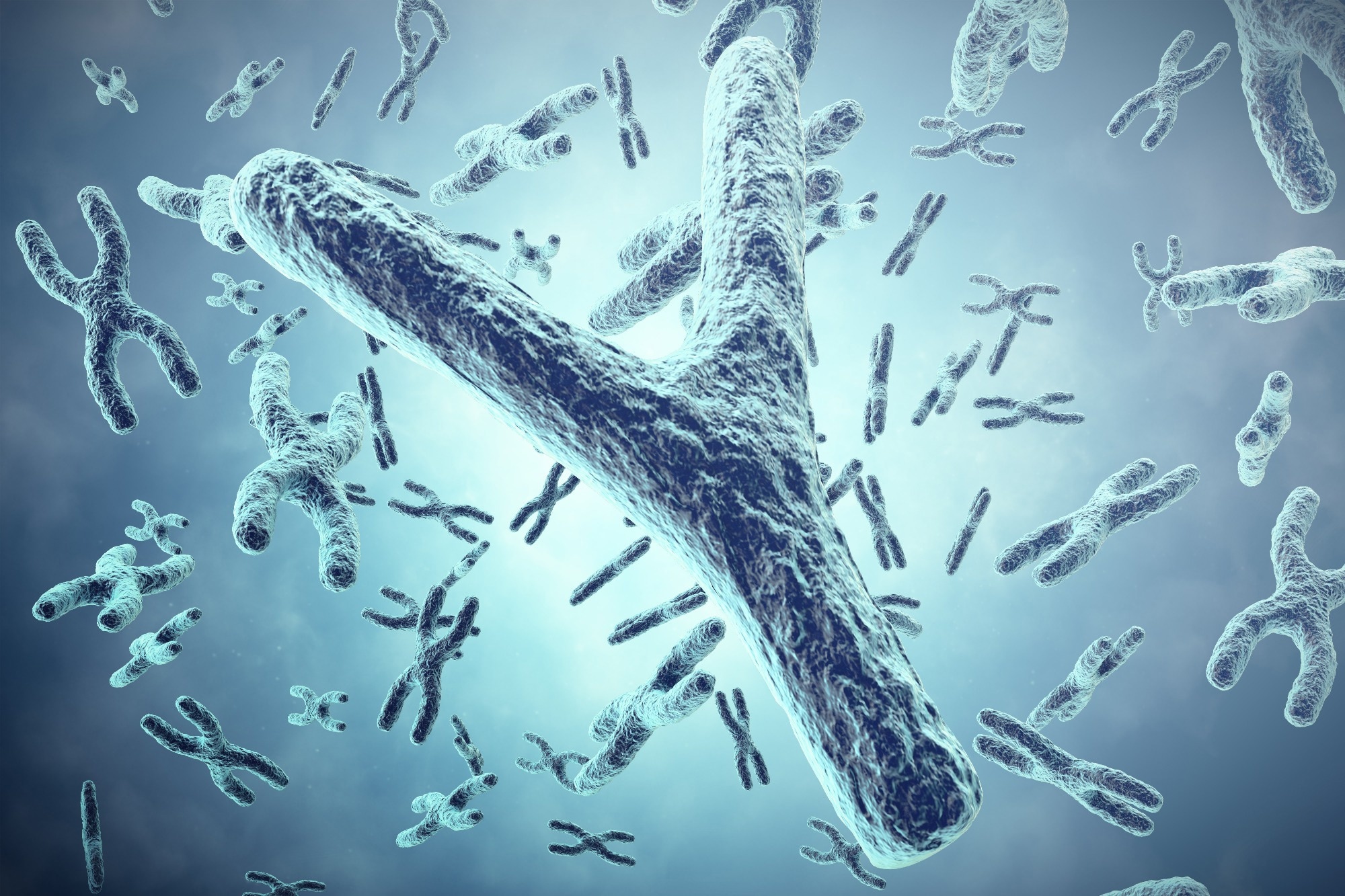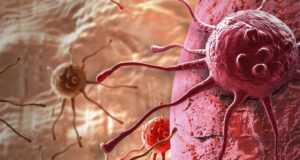Why losing the Y chromosome is more than genetics—it’s a key to understanding male health disparities.
 Review Article: The effects of loss of Y chromosome on male health. Image Credit: Rost9 / Shutterstock
Review Article: The effects of loss of Y chromosome on male health. Image Credit: Rost9 / Shutterstock
In a recent review article in the journal Nature Reviews Genetics, researchers discussed the current understanding regarding the loss of the Y chromosome (LOY) and its effects on various diseases and the immune system. Their conclusions indicate that LOY is a dynamic mutation that significantly affects immune functioning, highlighting its role as a potential biomarker and treatment target.
Background
LOY in human male cells was first identified over 60 years ago but gained significant attention only recently. Initially thought to have little impact beyond sex differentiation and sperm production, LOY is now recognized as a common somatic mutation with broad effects.
Recent research has revealed that LOY originates from mitotic errors, often involving the trapping of the Y chromosome in micronuclei, which eventually disintegrate. Research since 2014 has linked LOY to increased risks of mortality, cancer, and Alzheimer’s disease, with environmental factors like smoking contributing to its occurrence. Unlike other mutations, LOY is always a mosaic event and cannot be inherited.
Recent advances in Y chromosome sequencing have revitalized research, enhancing our understanding of LOY’s role in health and disease. Moreover, LOY is increasingly viewed as a marker of genome instability and a biological indicator of environmental stress.
Prevalence and Underlying Mechanisms
LOY happens due to cell division mistakes, causing the Y chromosome to break apart or be lost. The Y chromosome’s unique structure and short ends (telomeres) make it more likely to be trapped in tiny structures called micronuclei, which eventually break down. This process is linked to aging, as older cells tend to have more micronuclei, leading to higher chances of LOY.
This condition is primarily associated with aging, as the risk increases with age due to more cell divisions over time. LOY prevalence rises exponentially in men over 40 and can be detected even in younger individuals, as young as 19. Studies confirm a strong age-related correlation with LOY, also observed in other species.
Besides age, environmental factors like smoking and exposure to toxins, such as arsenic and glyphosate, contribute to LOY. Smoking, in particular, increases LOY risk, but cessation can reduce it. Genetic predisposition is another factor, with 156 genomic loci identified as linked to LOY, many of which are involved in DNA repair and cell cycle regulation.
LOY is frequently found in blood cells, affecting immune function and contributing to disease risks, including certain cancers. It is less common in tissues like buccal cells and atherosclerotic plaques. LOY’s impact on health includes a reduced life expectancy for males compared to females, with potential links to brain diseases like Alzheimer’s.
Additionally, LOY is predominantly present in cells with high turnover, such as hematopoietic cells, emphasizing its dynamic nature and relevance to aging.
Consequences and Associated Conditions
LOY in cells leads to the deletion of Y chromosome-encoded genes, which affects leukocyte immune functions and may result in gene hypomethylation during leukocyte differentiation. The dysregulation of immune checkpoint receptors, such as PD1 and LAG3, has been linked to impaired immune responses, including reduced antitumor immunity.
LOY also influences platelet and red blood cell counts, potentially contributing to complications like thrombosis in critically ill men with coronavirus disease 2019 (COVID-19).
The condition is dynamic, with LOY-positive cells expanding and contracting over time. Studies have shown a connection between LOY and sex hormones, including altered testosterone levels and higher sex hormone-binding globulin (SHBG) levels.
Affected cells might undergo positive selection, fostering an immunosuppressive environment that may promote tumor growth. This selective advantage has been observed in monocytes, T cells, and natural killer cells, with varying effects on immune regulation across cell types. In some cells, LOY may impair immune responses in tumors, while its effects on monocytes differ.
LOY is linked to various diseases, including cancer, cardiovascular disease (CVD), neurodegenerative diseases like Alzheimer’s, and infectious diseases such as COVID-19. In Alzheimer’s disease, LOY in microglia contributes to neuroinflammation, while in CVD, monocytes with LOY drive cardiac fibrosis through TGFβ-mediated signaling.
Early studies have suggested that LOY in blood cells correlates with shorter life expectancy and an increased susceptibility to conditions like cancer, particularly in males.
During COVID-19, LOY in immune cells like neutrophils is linked to worse outcomes in men. These findings suggest that LOY may play a role in disease progression, particularly in males, by impairing immune responses, and further studies are necessary to clarify the underlying mechanisms.
Conclusions
Research on the Y chromosome in humans has expanded beyond its critical role in determining sex, revealing its involvement in diseases like bladder cancer, cardiac fibrosis, and Alzheimer’s. LOY is linked to immune system dysfunction, aging, and genome instability, particularly in men, and could be a marker for chronic diseases. Although the underlying mechanisms of LOY are still unclear, future research may identify specific mutations or factors that trigger LOY. For example, studies targeting TGFβ in animal models have shown promise in mitigating cardiac fibrosis caused by LOY, pointing to its potential as a therapeutic target. This mutation could explain shorter life expectancy in men, as it affects gene expression and immune responses, suggesting LOY is a key factor in male health disparities.
Further research is needed to understand its effects and potential therapeutic targets.




